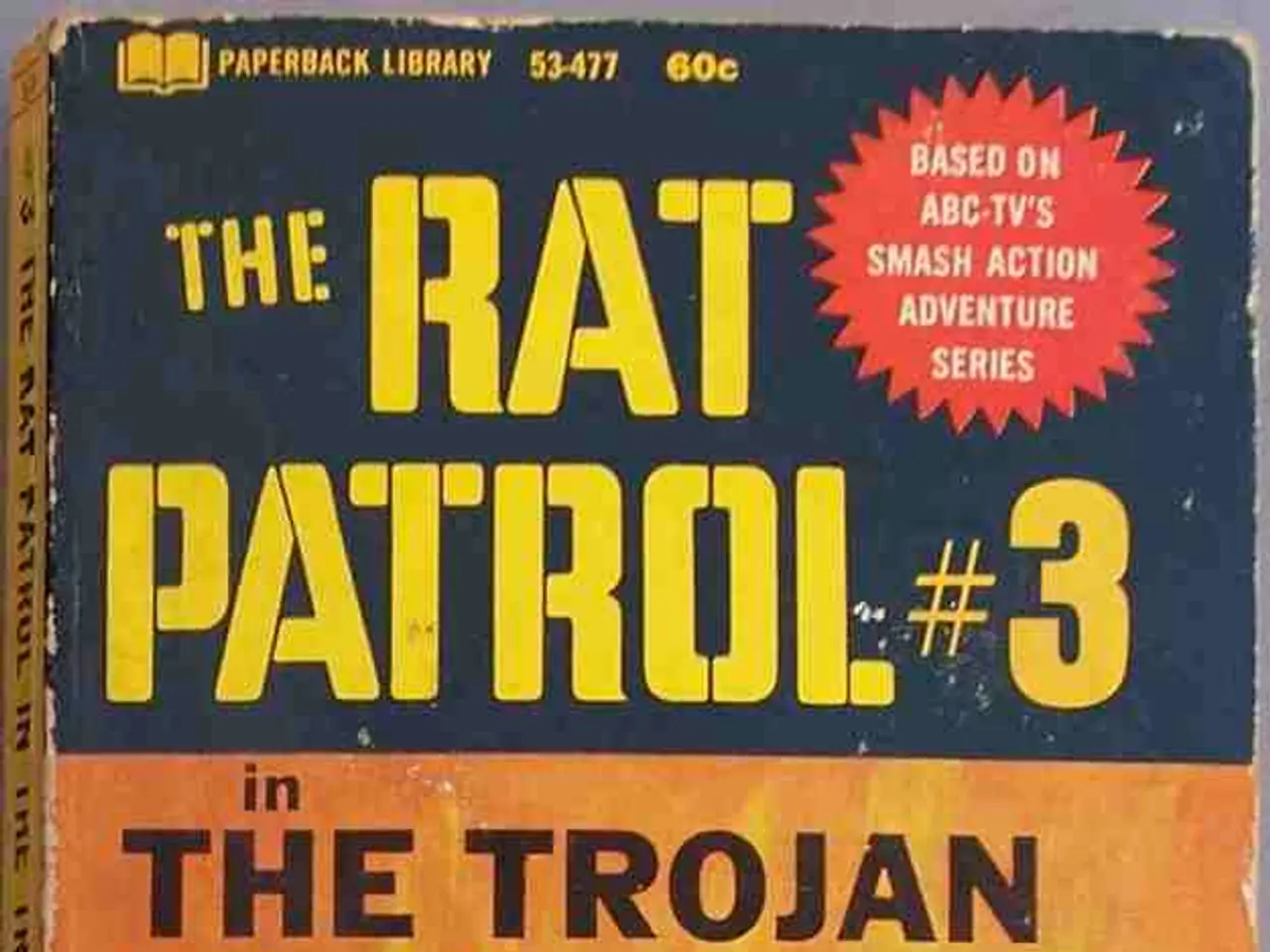Washington Remunerates Initial Agents of Intelligence with Personal Funds
In the heart of the American Revolution, George Washington found himself desperate to uncover the British's moves inside New York. Turning to espionage, he enlisted the help of John Jay and Nathaniel Sackett to gather intelligence.
Washington offered Sackett $50 a month to establish the first formal apparatus for obtaining intelligence. Sackett, with his operative Nathan Hale and the main members of the Culper Spy Ring - Abraham Woodhull, Robert Townsend, Austin Roe, and Benjamin Tallmadge - played a significant role in the establishment of this organization.
The Culper Spy Ring, named after Woodhull's cover as a farmer named Robert Culper, was a group of childhood friends from Long Island. Woodhull operated primarily in Setauket, Long Island, collecting information and sending it through couriers. Roe served as a clandestine courier, transporting messages between Woodhull and Tallmadge. Townsend worked undercover in New York City, providing valuable inside information. Tallmadge, a Continental Army officer, organized the ring and oversaw the delivery of intelligence to Washington.
One of the ring's key accomplishments was uncovering a British plot to attack the French forces newly arrived at Newport, Rhode Island. This intelligence allowed Washington to leak a counter-plan, causing the British to cancel their attack, protecting the French troops and aiding the overall Revolutionary War effort. The ring's work also included intercepting British plans around the Hudson River and New England coastal raids, playing a pivotal role in thwarting British operations in these strategically important areas.
Notably, the capture of British Major John André, who conspired with Benedict Arnold to betray West Point, was a related event in the larger American spy effort. The Culper Spy Ring's success depended on their bravery, secrecy, and the coordinated effort to gather and transmit information vital to the Continental Army's strategic decisions.
After the war, Washington asked Congress to reimburse him $17,000 for his espionage expenses (nearly half a million dollars today). The lawmakers obliged his request. Washington, under the code name Agent 711, wrote a letter to change the course of the war in 1777.
John Jay, who later became the first Chief Justice of the Supreme Court, was involved in counterintelligence work during the American Revolution. He had been running counterintelligence as head of the New York State Committee and Commission for Detecting and Defending Conspiracies. Washington realized the need for a formal espionage organization and turned to Jay for assistance.
The Culper Spy Ring used hidden messages in hollow feather quills and "dead drops" to transport information. Tallmadge invented a "numerical dictionary" code that matched 763 cities, names, and words to numbers. Without the organization that Sackett set up, it would have been very difficult for the Continental Army to win the war against the British.
In conclusion, the Culper Spy Ring was one of America's greatest espionage operations, playing a crucial role in the American Revolution's outcome. Their bravery, secrecy, and coordinated effort to gather and transmit information proved vital in thwarting British operations and changing the course of the war.
- In the realm of war-and-conflicts, during the American Revolution, the American spy organization known as the Culper Spy Ring played a significant role in uncovering British plans, such as a plot to attack the French forces and a strategically important British operation around the Hudson River.
- This intelligence help in changing the course of the war, with related events including the capture of British Major John André, who conspired with Benedict Arnold to betray West Point.
- Photography of particular events or artifacts from the American Revolution might now help us learn more about the Culper Spy Ring, providing a glimpse into the adventurous lives of its members and their contributions to American history.
- Beyond the Revolution, the environment in which the Culper Spy Ring operated, including Long Island and New York City, offers opportunities for travel and exploration, allowing us to appreciate the historical significance of these locations and the influence of the ring on the development of American politics and general news.






